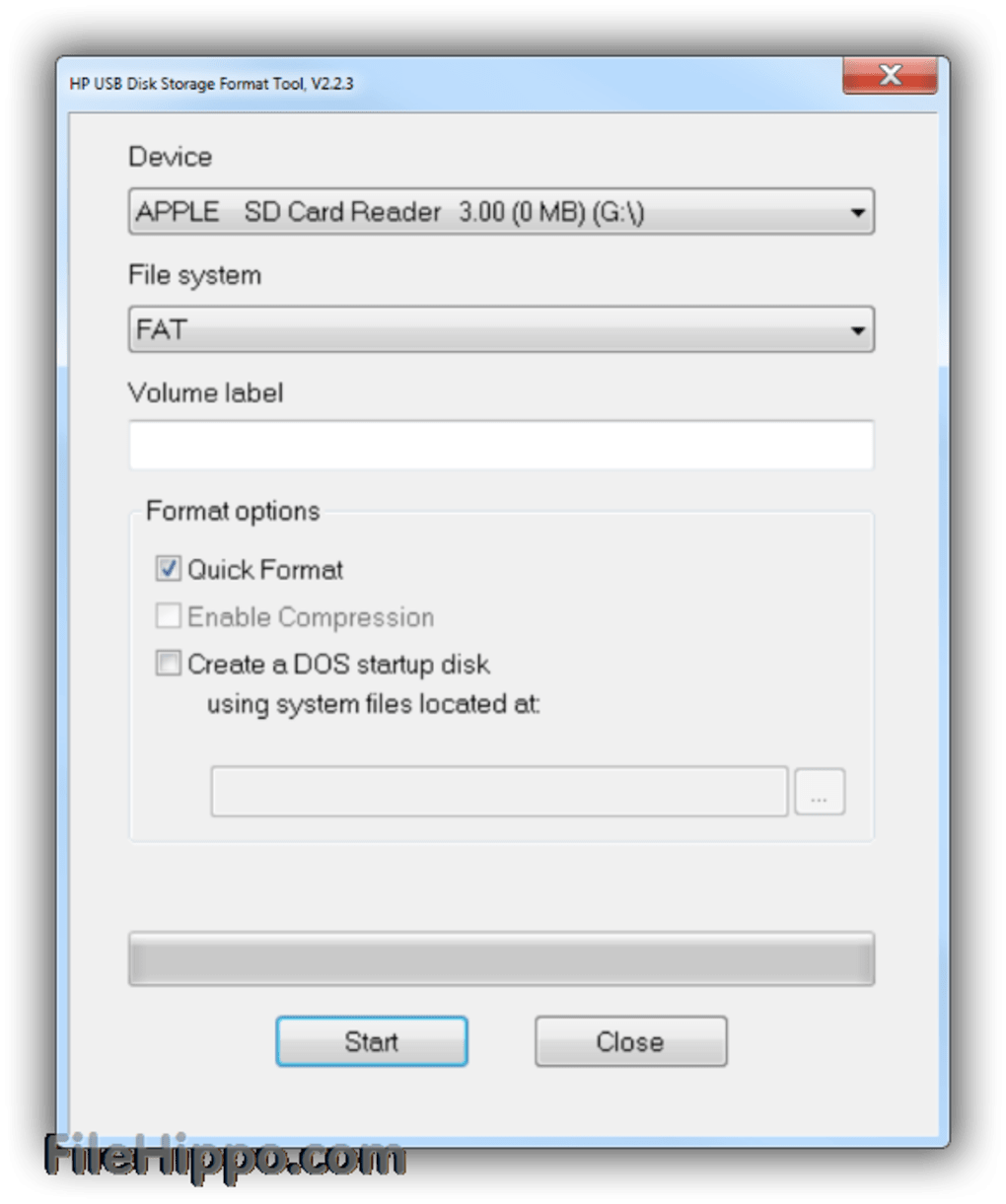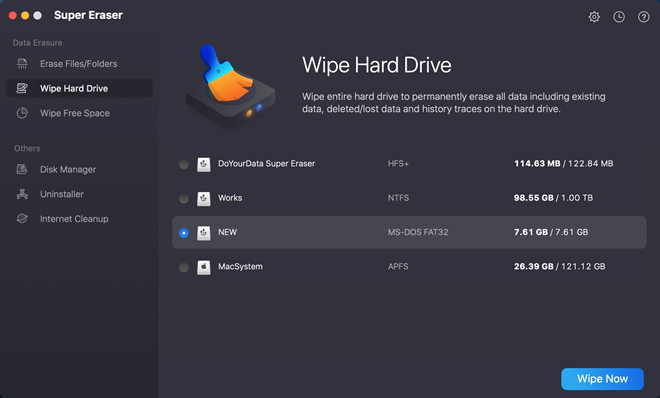
© Thanayu Jongwattanasilkul / EyeEm/Getty Images You can format a hard drive on a PC or Mac using utility features. Thanayu Jongwattanasilkul /EyeEm/Getty Images
- You may need to format a hard drive to match your computer's operating system before you can use it.
- To format a hard drive in Windows, you'll use the Disk Management utility; on a Mac, you'll use Disk Utility.
- Visit Business Insider's Tech Reference library for more stories.
Step 4: Format your USB Drive to work with Windows. Next format your USB drive to Windows FAT32 format. This is a format that Windows 10 will recognize. Note that you should replace the disk2 with the name of the your drive from step 3 if it wasn't disk2. (It may be disk3 or disk4). Run this command using the correct disk number for your USB. In that case, the best way to create a Windows 10 bootable USB for Mac is to manually format a flash drive and copy the relevant files into it using the Mac’s Terminal. There’s a storage-related factor at play, so the entire process can end up being somewhat complicated. What You Need to Create a Bootable Windows 10 USB on Mac.
To format a hard drive in Windows, you'll use the Disk Management utility; on a Mac, you'll use Disk Utility. Visit Business Insider's Tech Reference library for more stories. Usb Disk Utility free download - Disk Drill, Remora USB Disk Guard, Auslogics Disk Defrag, and many more programs. USB Disk Storage Format Tool is another free USB flash drive format tool for Windows. It gives you several options to Check and Format USB storage devices. In it, you get Check disk option, using which you can scan USB storage device before formatting it and also correct partition errors (if any).
If you're adding a hard drive to your computer, you probably need to format it to your computer's operating system before you can use it.
This is easy to do with built-in utilities for both Windows and Mac computers, and the process is the same whether you're formatting an internal drive installed on a desktop PC or an external drive plugged into your desktop or laptop.
Disk Utility Tool For Windows To Format Usb In Macbook Air

Keep in mind that when you format a hard drive, it erases all the files and it can be difficult or impossible to recover them. Be careful with this command and always make sure you are choosing the right hard drive in the formatting utility.

How to format a hard drive on Windows
1. In the Start button search box, type 'Disk Management.'
2. In the search results, select 'Create and format hard disk partitions.'
© Dave Johnson/Business Insider Find the Disk Management utility in the Start button search results. Dave Johnson/Business Insider3. In the list of hard drives, right click the drive you want to format. In the pop-up menu, choose 'Format…'
4. In the Format window, choose the file system you want to use. Usually, you'll want NTFS, which is the default for Windows. Make sure there is a check next to 'Perform a quick format.'
Gallery: 7 Ways to Keep Your Home Wi-Fi Secure (Money Talks News)
5. When you're ready to format the drive, click 'OK.'
© Dave Johnson/Business Insider You can format a drive with just a few clicks. Dave Johnson/Business InsiderIf you want to format your Windows system drive (the 'C' drive), you can't do that when Windows is running because the drive is in use. Instead, you can download Windows 10 to a USB flash drive using the Windows 10 Media Creation Tool and boot from that. Once you've booted Windows from the USB flash drive, you can format the C drive.
How to format a hard drive on a Mac
1. In the Finder menu, click 'Go' and then, in the drop-down menu, choose 'Utilities.'
2. In the Utilities folder, choose 'Disk Utility.'
Disk Utility Tool For Windows To Format Usb In Macbook Pro
3. In the pane on the left of the Disk Utility window, click the drive you want to format.
Disk Utility Tool For Windows To Format Usb In Mac Os
© Dave Johnson/Business Insider Select the drive you want to format and then choose “Erase.” Dave Johnson/Business InsiderDisk Utility Tool For Windows To Format Usb In Mac Download
4. At the top of the window, click 'Erase.'
5. In the pop-up window, choose the file system you want to use. Usually, you'll want ExFAT, which is the default for the MacOS.
6. When you're ready, click 'Erase.'
If you want to format your Mac's system drive, you can't do that when the Mac is running normally because the drive is in use by the operating system. To get around that problem, hold down the Command + R keys when you turn on your Mac and let go when the logo appears. You'll see the MacOS Utilities window; choose 'Disk Utility.' Now you can choose to erase your startup drive, and choose 'Mac OS Extended (Journaled)' as the operating system.

Related coverage from Tech Reference:
